From Nabokov to Miffy: Liu Ye on his cultural references
Artist Liu Ye tells us what inspires him, as his exhibition ‘Naive and Sentimental Painting’ is on show in London
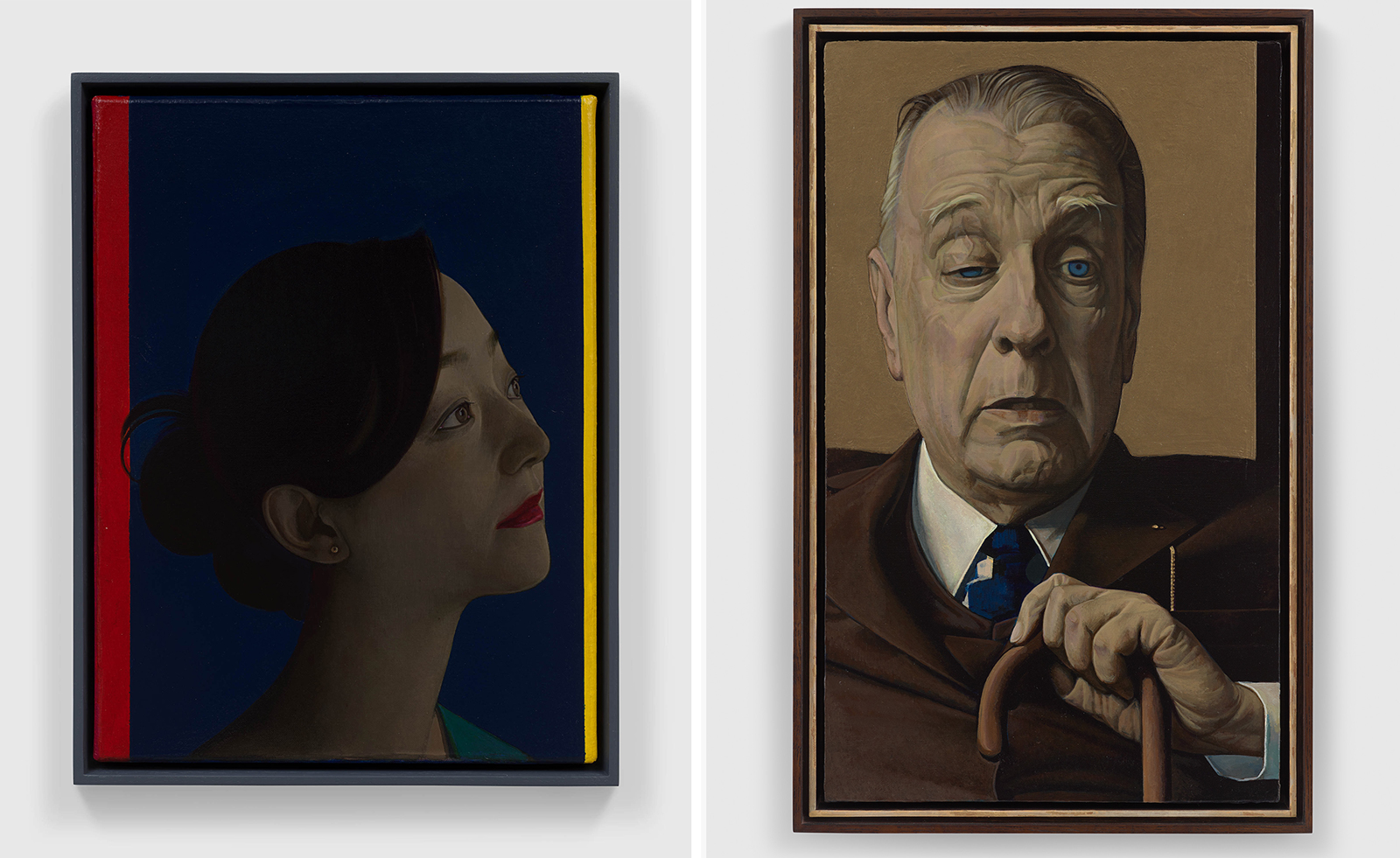
Liu Ye draws on a rich collection of literary references in ‘Naive and Sentimental Painting’, his exhibition currently on show at London’s David Zwirner gallery. The title, which references John Adams’ 1999 symphony Naive and Sentimental Music, offers a clue as to the cultural breadth spanned within.
The exhibition – marking the first time Ye’s work has been seen in London since 2002 – pays tribute to the movements and characters that have shaped his aesthetic. Authors and figures including Vladimir Nabokov, Hans Christian Andersen and William Shakespeare are portrayed here, alongside modern Chinese figures such as actress Ruan Lingyu and writer Eileen Chang. The paintings, rife with historical references and intertwining European and Chinese influences, cast an intimate, atmospheric tone. Here, Liu Ye tells us what inspired him in the creation.
Liu Ye on ‘Naive and Sentimental Painting’

Installation views, Liu Ye, ‘Naive and Sentimental Painting’, David Zwirner, London
Wallpaper*: You have frequently celebrated contrasts in your work, from Western culture versus Asian culture, to realism versus fairytales. How have you built on your past work and themes in this new exhibition of portraiture?
Liu Ye: My father was a children’s book author, and thanks to his influence, I delved into numerous fairytales during my childhood, with a particular emphasis on the works of Hans Christian Andersen. To this day, I still possess the complete collection of Andersen’s fairytales gifted to my father by Ye Junjian (the Chinese language translator of Andersen’s tales). The translations by Ye Junjian convey an exceptional elegance, and the beautifully melancholic narratives read as if they were originally penned in Chinese. During that time, I was unaware that Andersen was Danish, and I simply believed his surname was ‘An’. When I was a child, I took those fairytale stories to be true, believing that I could actually encounter mermaids, Thumbelina, and such; I mixed up reality and fantasy.
I hold deep gratitude for these remarkable translators, as their efforts have enabled me to explore literary works beyond the confines of the Chinese language. Whether it be the works of Shakespeare, Nabokov, or Borges, there exist exquisite Chinese translations of their masterpieces. I agree with this perspective: translation itself is a creative act. In the process of crafting this series of portraits, I envisioned myself as both a creator and a translator. The source material consists of historical photographs taken by photographers, while my role is to ‘translate’ them into paintings. When painting portraits of Borges or Nabokov, I wanted to get as close as possible to how they looked in those historical photographs. Simultaneously, I acknowledged the vast temporal and spatial distance that separates me from them, leading me to realise that what I truly require is the ability to conjure them in my imagination – a certain imagination that bridges distances ‘with wings‘. Of course, I've also come to realise that capturing their true essence is an unattainable endeavour; everything remains akin to the reflection of the moon upon water.
W*: How has John Adams' symphony inspired you here, and how has this intertwining of cultural references enriched your work?
LY: I love music profoundly, yet I must confess that I can neither play any musical instrument nor read sheet music. My relationship with music differs from Kandinsky's connection between art and music. While I'm painting, I often listen to music, enjoying a diverse array of genres. Among these, I find myself most drawn to Bach, although I generally avoid Beethoven as his heroic style doesn’t resonate well with me. I am not a musician in any sense, so I approach music with a casual and relaxed demeanor, purely for the sake of enjoyment. I find this approach quite satisfying, and to some extent, I could be considered a ‘naive’ listener. In light of the current state of relations between China and the US, I revisited John Adams’ CD, Nixon in China, and interestingly, I found myself more captivated by the music than the narrative.
Receive our daily digest of inspiration, escapism and design stories from around the world direct to your inbox.
This prompted me to explore all available resources of Adams’ musical compositions, discovering that his style harmonises remarkably with my taste. He employs techniques such as repetition, variation, symmetry, references, irony, and more, all of which I deeply appreciate. In preparation for my upcoming exhibition in London, I drew inspiration from the title of Adams’ three-movement symphony, Naive and Sentimental Music, titling my show similarly and substituting ‘music’ with ‘painting‘. I feel this adaptation aptly conveys the essence of my work. Later, I learned that Adams’ music serves as a response to Schiller’s renowned essay, On Naïve and Sentimental Poetry. This seems to complicate the issue while my interpretation of ‘naive‘ and ‘sentimental’ remains rooted in their literal meanings, rather than engaging with Schiller’s aesthetic viewpoints. For me, Schiller’s approach is too theoretical.
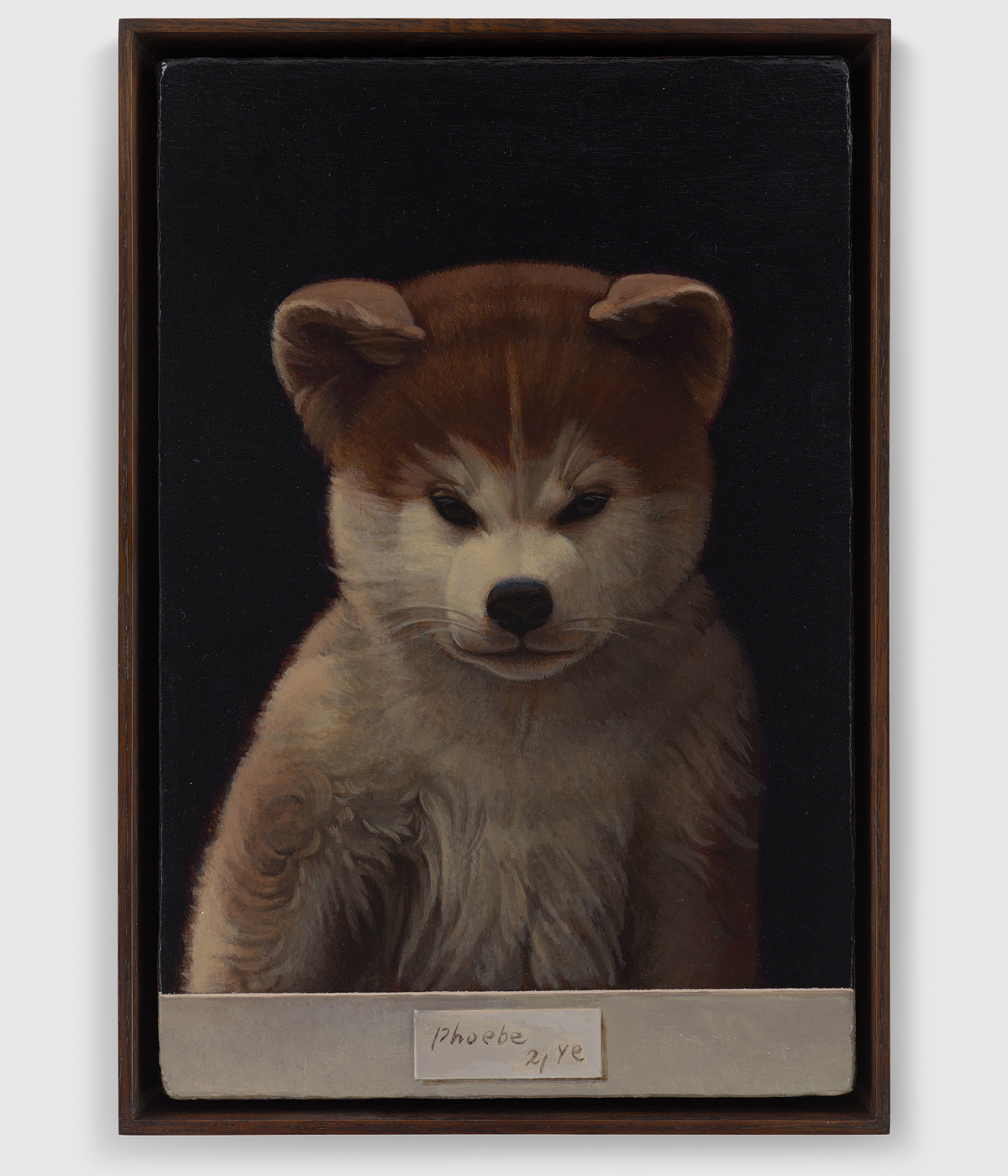
Liu Ye, Phoebe, 2021
W*: It is an eclectic choice of subject, from Nabokov to Miffy. How do you choose the portrait subjects?
LY: I am deeply fascinated by the relevance of my subjects; they hold contextual connections that often do not unfold in an obvious linear manner, but more like lively leaps and, at times, even deceptive twists. Nabokov’s admiration for Carroll (the author of Alice’s Adventures in Wonderland) inspired me to portray Miffy the rabbit, reminiscent of the childhood game of ‘hide and seek’. In contemplation of the limited span of our lives – much like Nabokov’s opening words in Speak, Memory: ‘...our existence is but a brief crack of light between two eternities of darkness…’ – I exercise careful deliberation when selecting subjects for my portrait paintings. Only when his or her presence becomes a recurrent image, profoundly influencing my reality or inner world, do I consider depicting her or him.
W*: Can you talk about references to both Chinese and European references in your work generally, and in these new portraits for the London exhibition?
LY: In creating the portraits of Borges and Nabokov, I began by collecting hundreds of their photographic images, then I started with sketches and slowly refined the one image I envisioned in my mind, and after that, I’d move on to my working process of ‘translation‘.
The inspiration behind the portrait of Su Li-zhen comes from the character of the same name in Wong Kar-wai’s films In the Mood for Love and Days of Being Wild. The character of Su Li-zhen is portrayed by Maggie Cheung in both of these films. Therefore, this series of portraits serves as both a depiction of Maggie Cheung and the character Su Li-zhen.
W*: What is your daily working routine?
LY: I take pleasure in working in natural light, painting while listening to music, watching movies in the evening, reading before bedtime, and maintaining an orderly studio.
‘Naive and Sentimental Painting’ is on show at David Zwirner, London, until 18 November 2023
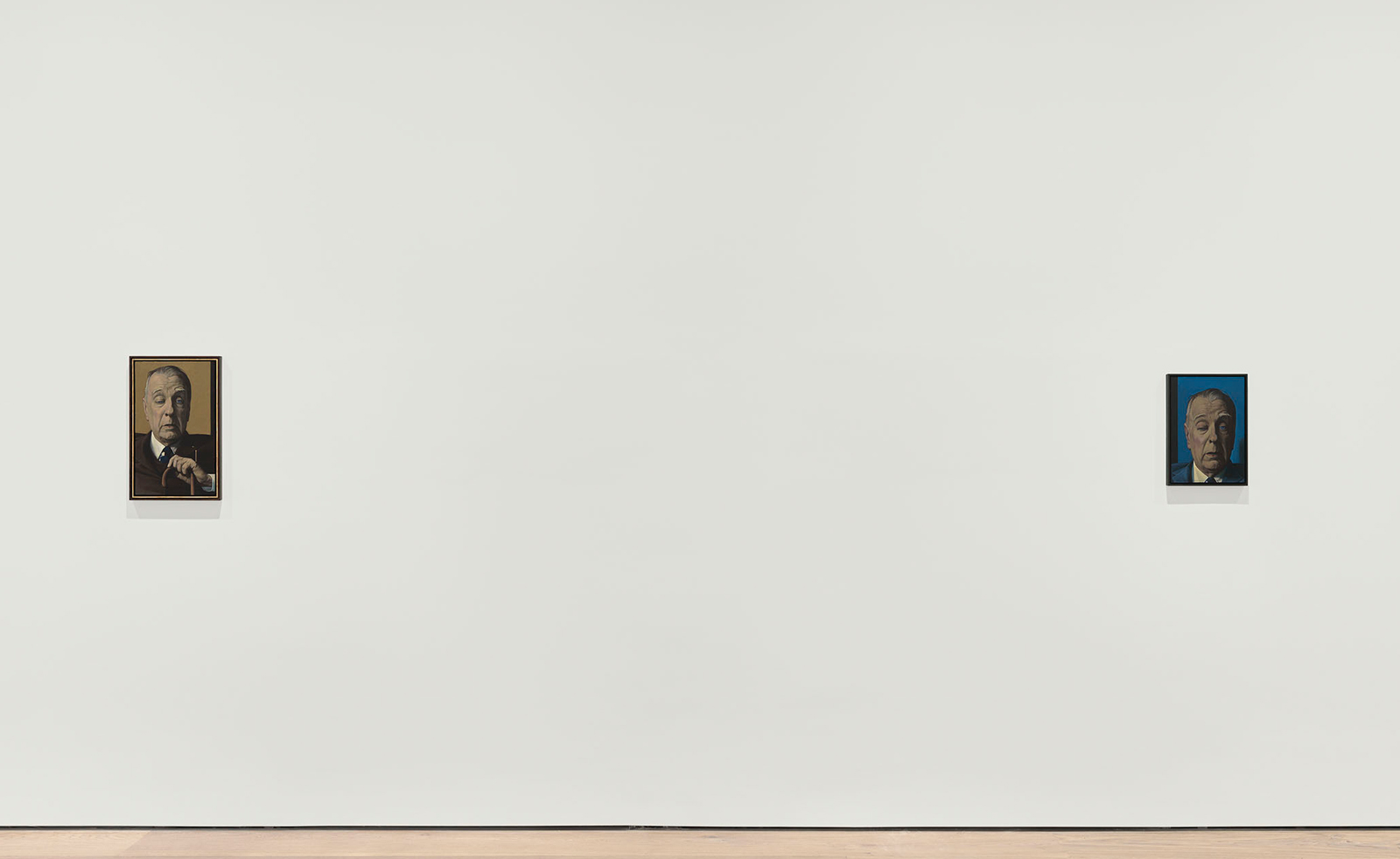
Installation Views: Liu Ye, Naive and Sentimental Painting, David Zwirner, London
Hannah Silver is the Art, Culture, Watches & Jewellery Editor of Wallpaper*. Since joining in 2019, she has overseen offbeat art trends and conducted in-depth profiles, as well as writing and commissioning extensively across the worlds of culture and luxury. She enjoys travelling, visiting artists' studios and viewing exhibitions around the world, and has interviewed artists and designers including Maggi Hambling, William Kentridge, Jonathan Anderson, Chantal Joffe, Lubaina Himid, Tilda Swinton and Mickalene Thomas.
-
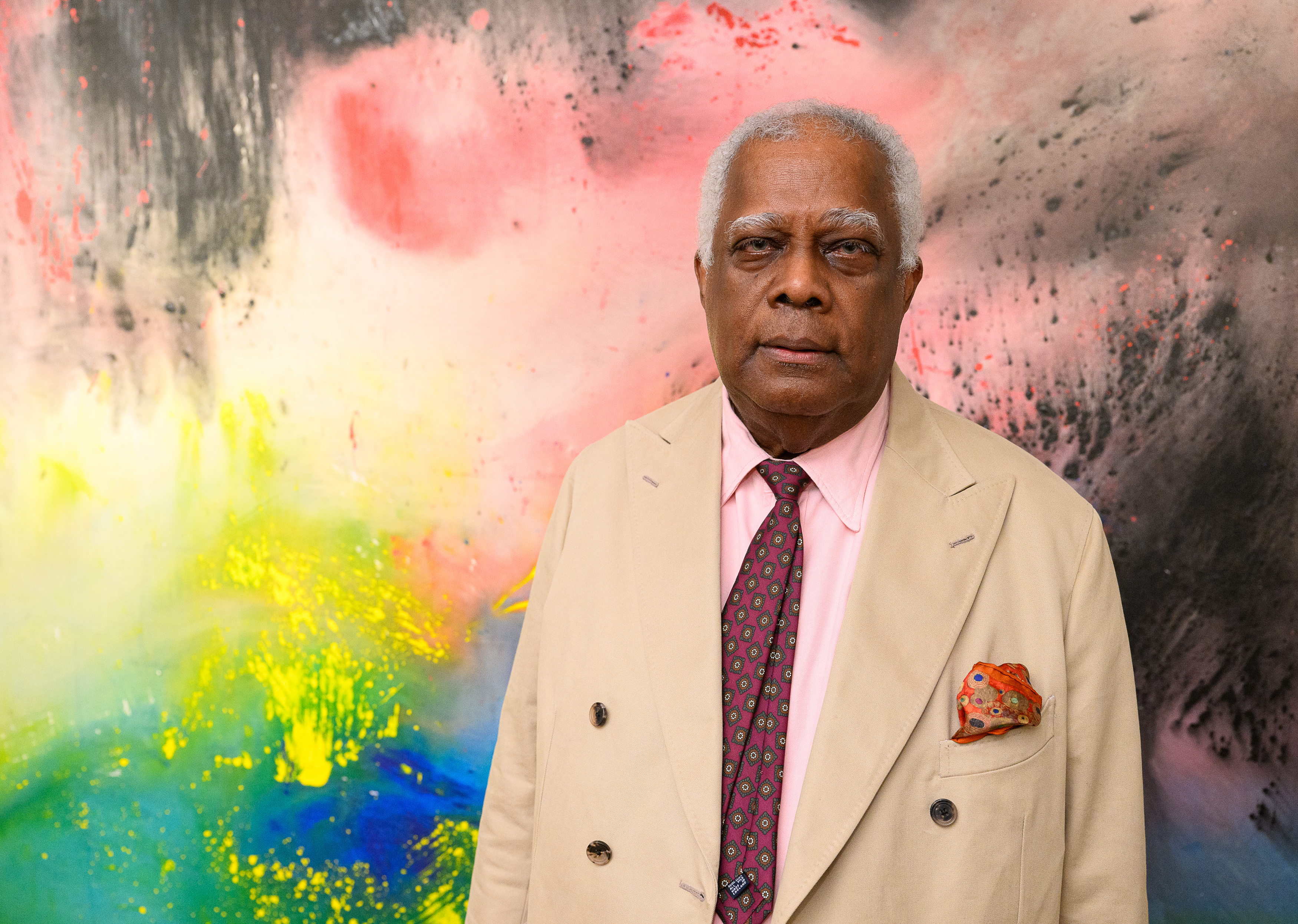 Winston Branch searches for colour and light in large-scale artworks in London
Winston Branch searches for colour and light in large-scale artworks in LondonWinston Branch returns to his roots in 'Out of the Calabash' at Goodman Gallery, London ,
-
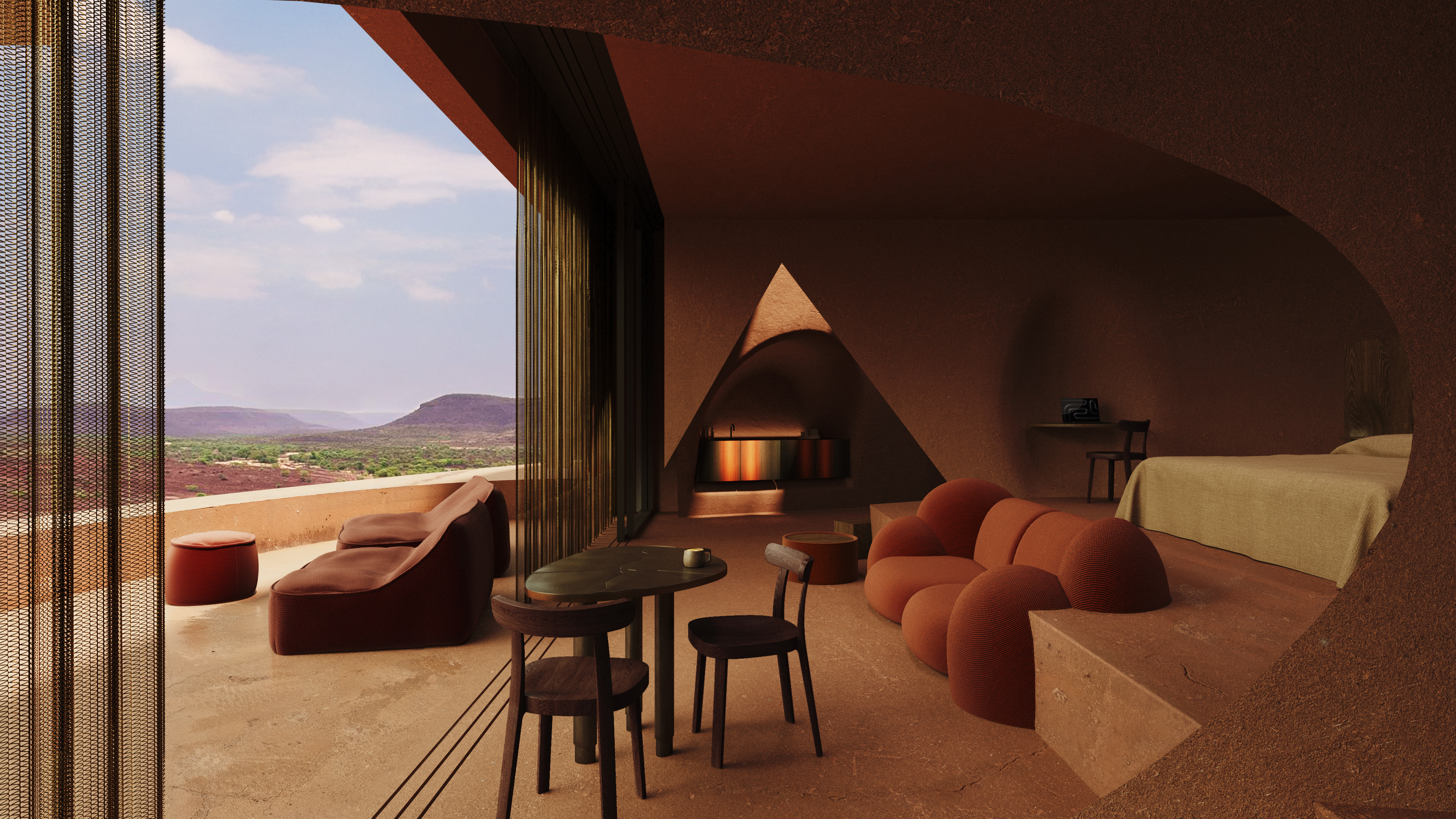 The most anticipated hotel openings of 2026
The most anticipated hotel openings of 2026From landmark restorations to remote retreats, these are the hotel debuts shaping the year ahead
-
 Is the future of beauty skincare you can wear? Sylva’s Tallulah Harlech thinks so
Is the future of beauty skincare you can wear? Sylva’s Tallulah Harlech thinks soThe stylist’s label, Sylva, comprises a tightly edited collection of pieces designed to complement the skin’s microbiome, made possible by rigorous technical innovation – something she thinks will be the future of both fashion and beauty
-
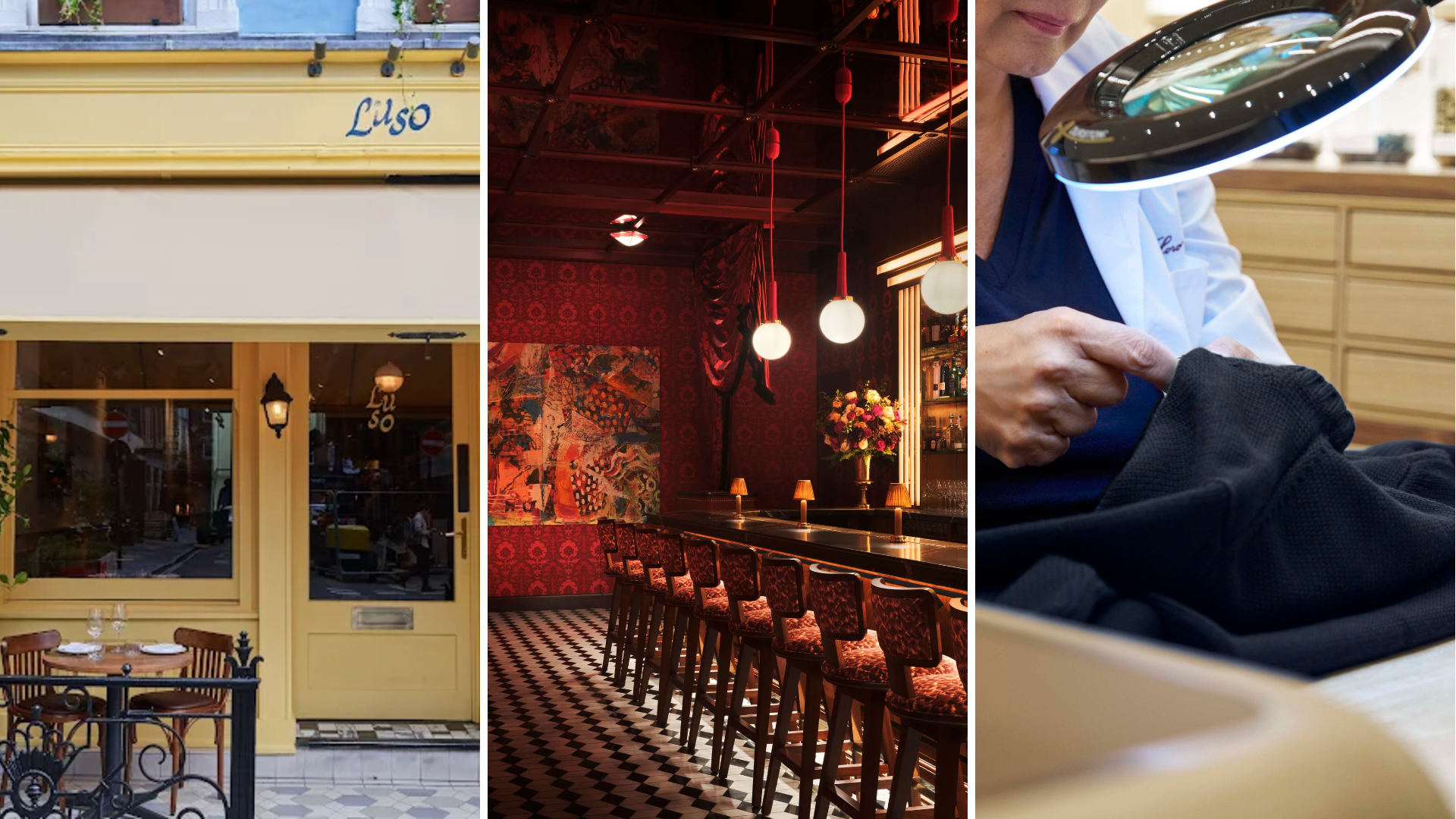 Out of office: The Wallpaper* editors’ picks of the week
Out of office: The Wallpaper* editors’ picks of the week'Tis the season for eating and drinking, and the Wallpaper* team embraced it wholeheartedly this week. Elsewhere: the best spot in Milan for clothing repairs and outdoor swimming in December
-
 Out of office: The Wallpaper* editors’ picks of the week
Out of office: The Wallpaper* editors’ picks of the weekFar from slowing down for the festive season, the Wallpaper* team is in full swing, hopping from events to openings this week. Sometimes work can feel like play – and we also had time for some festive cocktails and cinematic releases
-
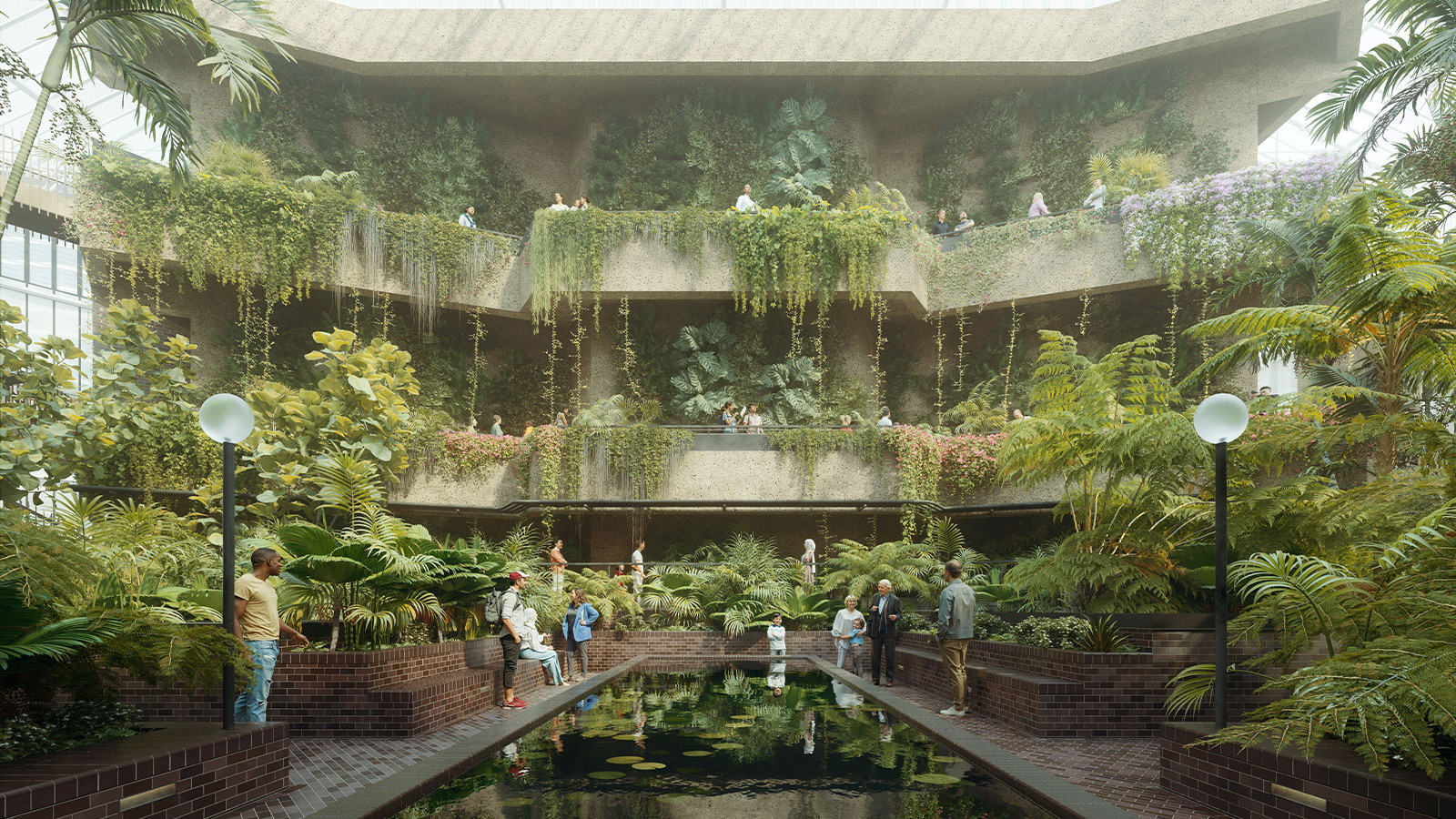 The Barbican is undergoing a huge revamp. Here’s what we know
The Barbican is undergoing a huge revamp. Here’s what we knowThe Barbican Centre is set to close in June 2028 for a year as part of a huge restoration plan to future-proof the brutalist Grade II-listed site
-
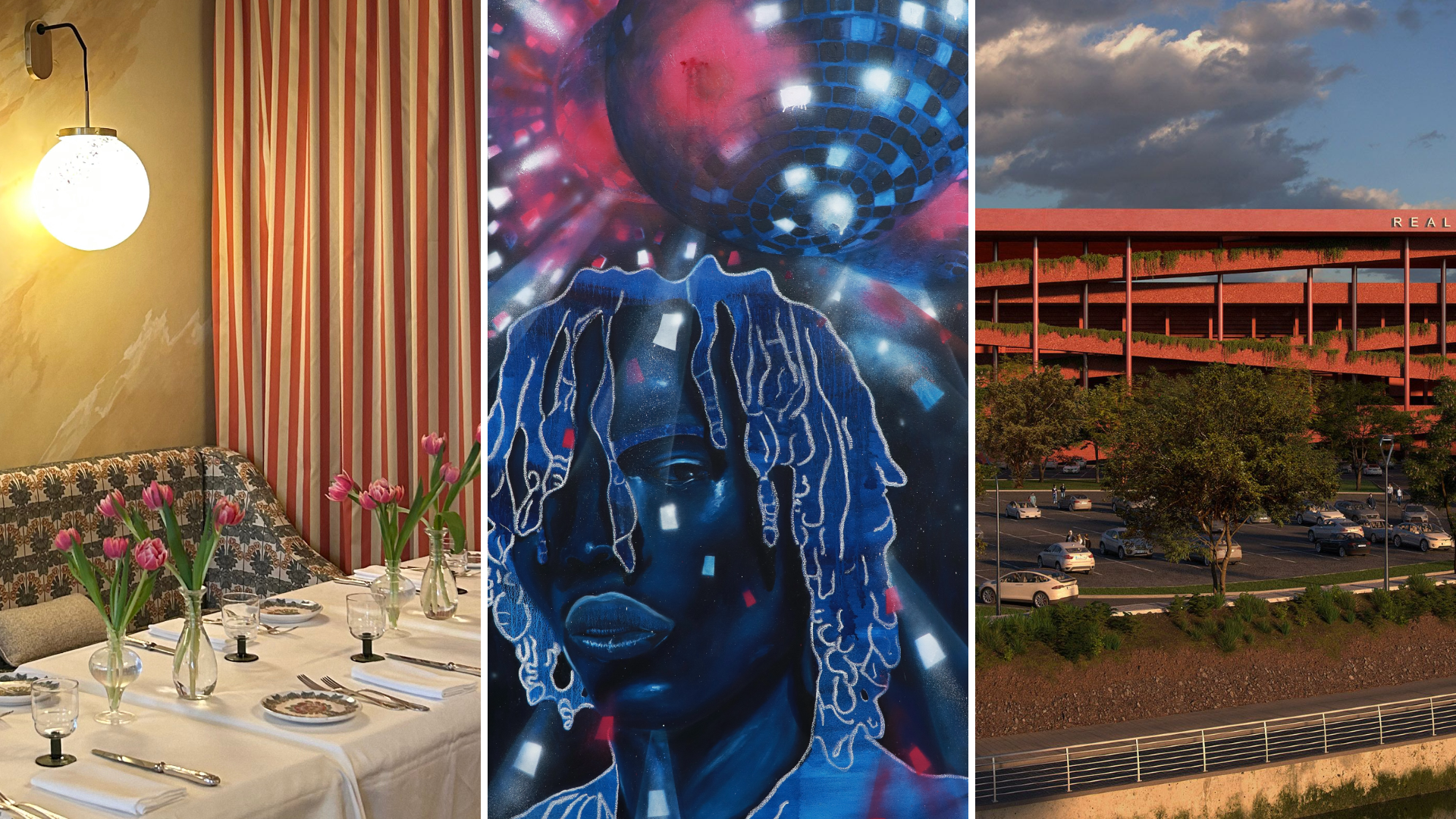 Out of office: The Wallpaper* editors’ picks of the week
Out of office: The Wallpaper* editors’ picks of the weekIt’s wet, windy and wintry and, this week, the Wallpaper* team craved moments of escape. We found it in memories of the Mediterranean, flavours of Mexico, and immersions in the worlds of music and art
-
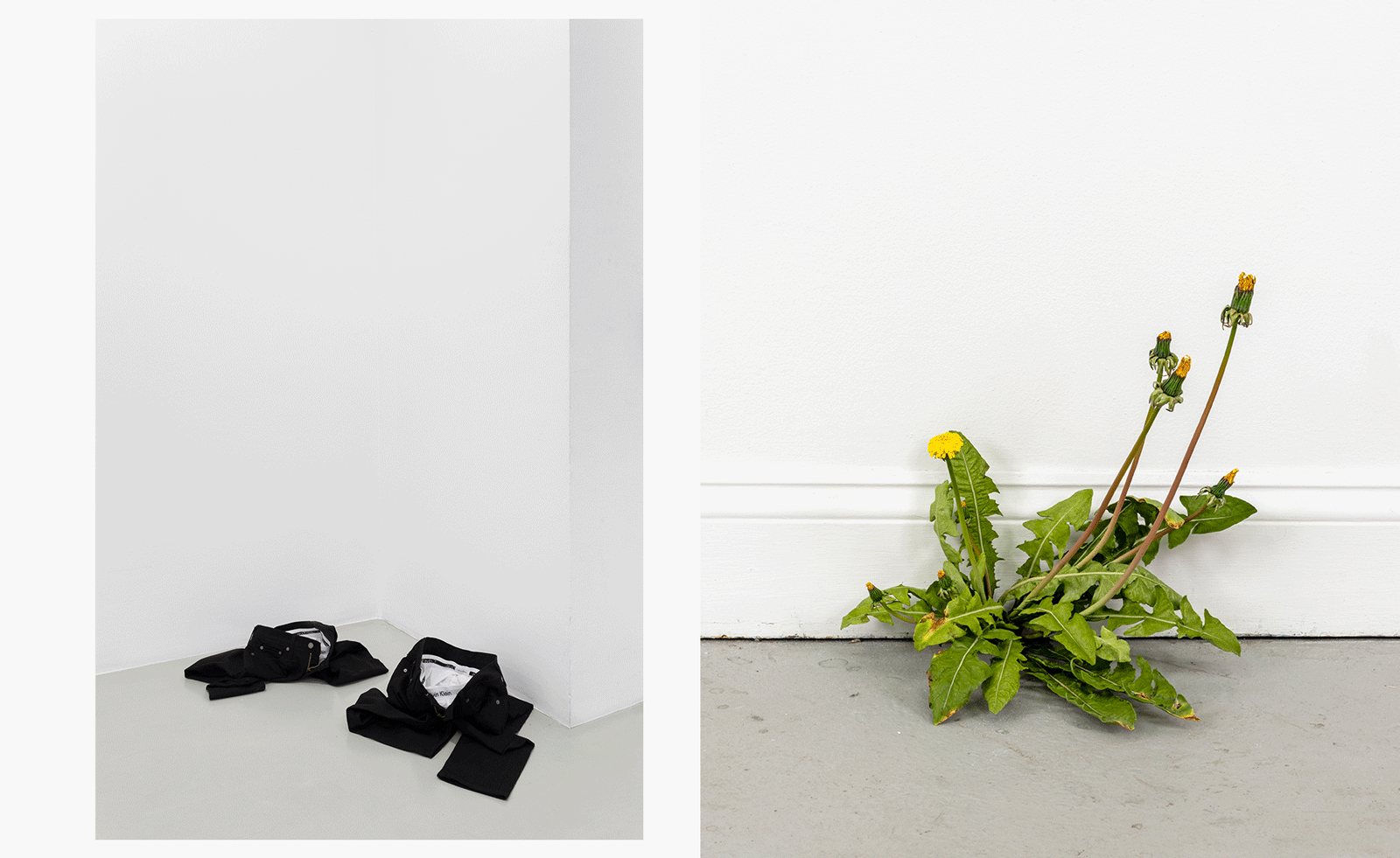 Each mundane object tells a story at Pace’s tribute to the everyday
Each mundane object tells a story at Pace’s tribute to the everydayIn a group exhibition, ‘Monument to the Unimportant’, artists give the seemingly insignificant – from discarded clothes to weeds in cracks – a longer look
-
 Out of office: The Wallpaper* editors’ picks of the week
Out of office: The Wallpaper* editors’ picks of the weekThis week, the Wallpaper* team had its finger on the pulse of architecture, interiors and fashion – while also scooping the latest on the Radiohead reunion and London’s buzziest pizza
-
 Out of office: The Wallpaper* editors’ picks of the week
Out of office: The Wallpaper* editors’ picks of the weekIt’s been a week of escapism: daydreams of Ghana sparked by lively local projects, glimpses of Tokyo on nostalgic film rolls, and a charming foray into the heart of Christmas as the festive season kicks off in earnest
-
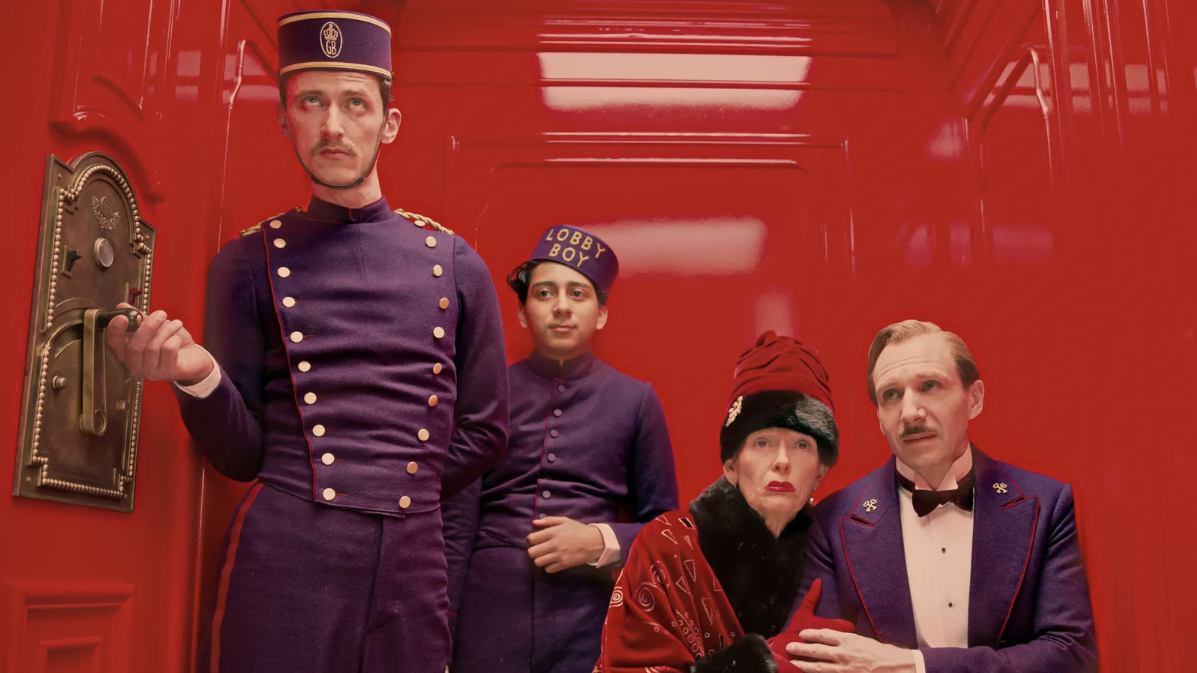 Wes Anderson at the Design Museum celebrates an obsessive attention to detail
Wes Anderson at the Design Museum celebrates an obsessive attention to detail‘Wes Anderson: The Archives’ pays tribute to the American film director’s career – expect props and puppets aplenty in this comprehensive London retrospective